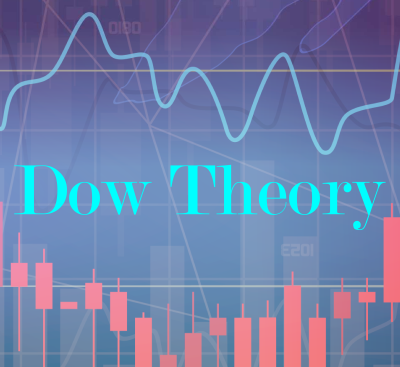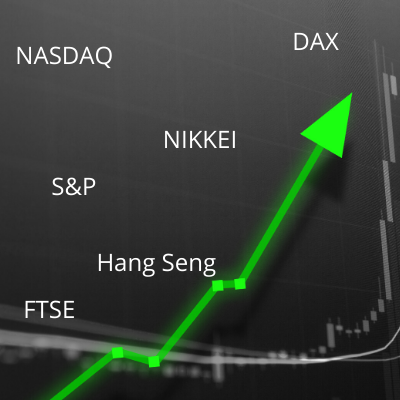All About Dow Theory Analysis
Dow Theory is where technical analysis begins and ends. Whether it’s market trends or investor behaviour, Queensway sets it all out clearly.

All About Dow
Dow Theory, formulated between 1900 to 1902 by Charles Dow (though not explicitly written by him), was one of the first and still has a great deal of applicability for all financial markets. This includes those for buying and selling foreign currencies which comes as a result of its components relating to all exchanges for the buying and selling of any classes of assets.
The 6 Basics
Dow Theory analysis is the basis for technical analysis, which is based on sector movements. There are six basic components of this theory, all of which are useful in the technical analysis of market trends and sector rotation in foreign currency speculating, trading and investing:
- A financial market has three distinct movements, being the main, medium, and short swing patterns.
The main movement refers to the primary movement in the direction of the market or the major trend affecting it. These have the ability to last from between a couple of months to over a few years. The market can be in decline (bearish) or incline (bullish).
The secondary reaction of the market is referred to as the medium swing, often also referred to as the intermediate reaction. This particular section of phase can last anywhere from between 10 days to 3 months.
The medium swing will take into account between 33% to 66% of the main movement price changes from the previous secondary reaction or from the start of the primary movement.
The short swing which is also often referred to as the minor movement is constantly changing with new information and opinions. This will occur anywhere from between a couple of hours to a month and even more in some cases.
It is vital to keep in mind that all three movements can happen simultaneously. E.g. a daily short swing in a bullish medium swing in a bearish primary movement. - Market trends also have three phases, which consist of the initial buying by experts which is referred to as the accumulation phase; then buying by the general public which is referred to as the public participation phase or the absorption phase, when the appeal is widely noticed; and finally, the selling by experts to cash out with the profits when the asset is fully valued which is referred to as the distribution phase.
Let’s take a look at how the process unfolds.
During phase 1 or the accumulation phase, investors who have information beyond that of their competitors are considered to be in the know. They will begin purchasing stock which goes against the general opinion of the market. This does not create a scene and therefore prices will remain relatively the same due to the buying of stocks being by a small group or minority – the absorption phase. Once the market as a whole catches on to this and starts its own buying spree, the prices go through a rapid change in value and this is when those investors in the know begin releasing their stocks. - All news is discounted – this refers to new information that has filtered into the market by trends and will immediately affect stock prices. This is also known as the efficient-market hypothesis. The EMH basically states that it is impossible to always beat the system; this is due to the fact that new information will always change the perception of investors and therefore change the price of stocks constantly.
- Financial markets must confirm that there are co-relationships of asset classes that move together, such as housing and lumber or factories and railroads. This boils down to industries working hand-in-hand.
One great way to determine whether or not you’re making a good investment is to make sure that the industries are working well together and that their performances are in correlation with one another. Should one path diverge, it is a good sign that things are about to change in the market. - Trends are confirmed by volume as a true indicator of a bearish or bullish market, which is revealed by appropriate amounts of buying and selling.
- Trends exist until proven otherwise, which generally means that a 20% drop in an asset class signals a bear market.
All of these can be applied to determine market trends in the buying and selling of foreign currencies by long term investors. For punters and day traders, there is little relevance in Dow Theory as the buying and selling action is designed to be transacted before any sort of confirmation can be established.
Conclusion
For long term investors in foreign currencies, all of the components of this theory are extremely useful. Recognising the different phases of the market is critical for pricing action. Warren Buffett has noted about trends in the market having three phases: “first come the innovators, then come the imitators, then come the idiots”.
Recognising exactly what phase the market is in for the foreign exchange unit is critical for long term profits. With central bankers controlling the direction of the Forex markets, there is no need to discount the news as it is issued to all at one time over public mediums that inform the world.
Due to this heavy intervention by central bankers with unprecedented levels of liquidity however, many traditional co-relationships that were previously profitable have now become money losers for traders.







